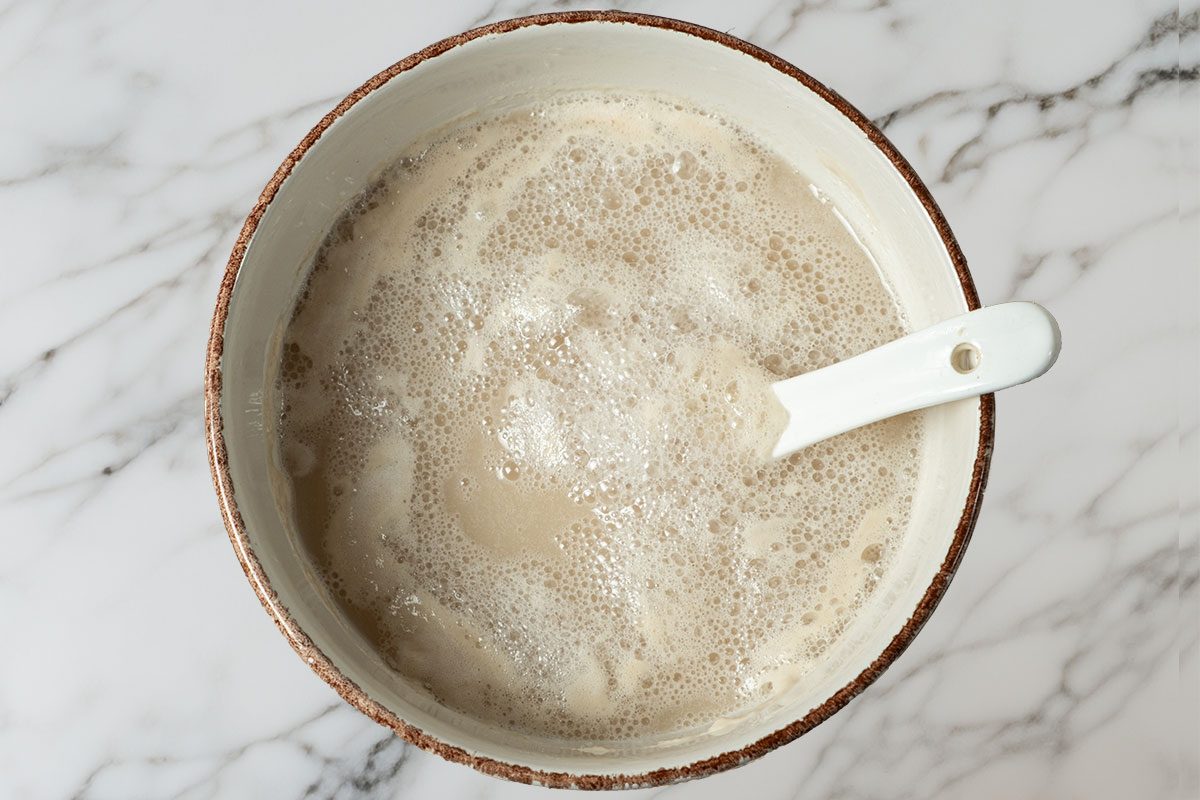The short answer is no, but proofing yeast has many advantages.

Does Yeast Always Have to Be Proofed?

Yeast is a key ingredient in many baked goods. Everything from freshly baked bread and soft pretzels to cinnamon rolls and doughnuts relies on yeast for proper rise in the oven. But when it comes to proofing, is active dry yeast the same as instant yeast? Does yeast always need to be proofed or activated before using it in a dough? We have all the details you need.
Do you always need to proof yeast?

The short answer is that you technically do not need to proof yeast. However, there are many bakers who would argue that it’s absolutely necessary to proof active dry yeast. And while it’s an extra step, proofing active dry yeast yeast has its benefits.
What happens if you don’t proof yeast?
Proofing your active dry yeast ahead of time is a great test to make sure it’s alive and ready to do its job. You can still achieve great results even if you don’t proof your yeast. However, when you mix expired or dead yeast into your dough, the dough won’t rise and you’ll potentially need to start the recipe over with new ingredients.
What types of yeast don’t need proofing?
You can skip the proofing step altogether with instant yeast, which is another common type of yeast available at the grocery store. While active dry yeast should be proofed ahead of time in warm water, instant yeast is a bit finer and doesn’t need any help to be effective. Most recipes using instant yeast—like marble rye bread and homemade breadsticks—call for it to be added right in with the other dry ingredients.
Does active dry yeast always need to be activated?
Activating or proofing active dry yeast isn’t crucial in every recipe, but it is a helpful step. By proofing active dry yeast in warm water, you’re waking it up from a dormant state and telling it to get to work. This step allows you to confirm that the yeast is still alive and good to use before adding it to the rest of your recipe’s ingredients. That way, if there was an issue with the yeast, you’d only need to start over with that portion of the ingredients list and avoid wasting other baking staples like flour, eggs or oil.


















